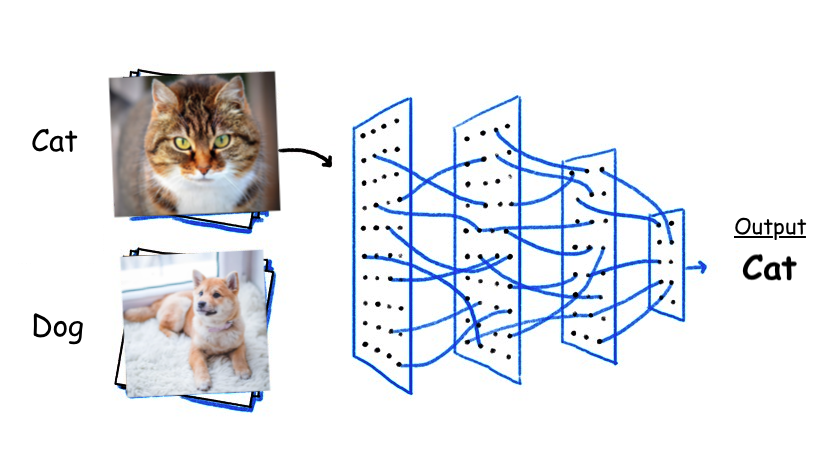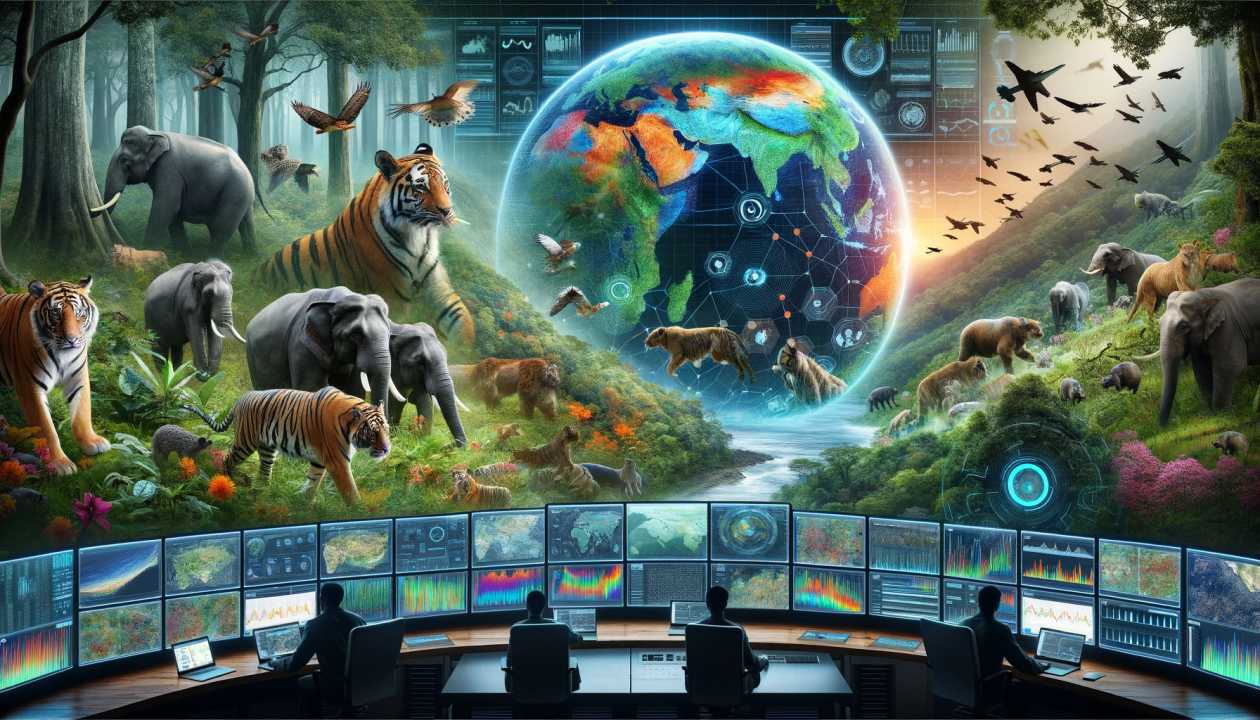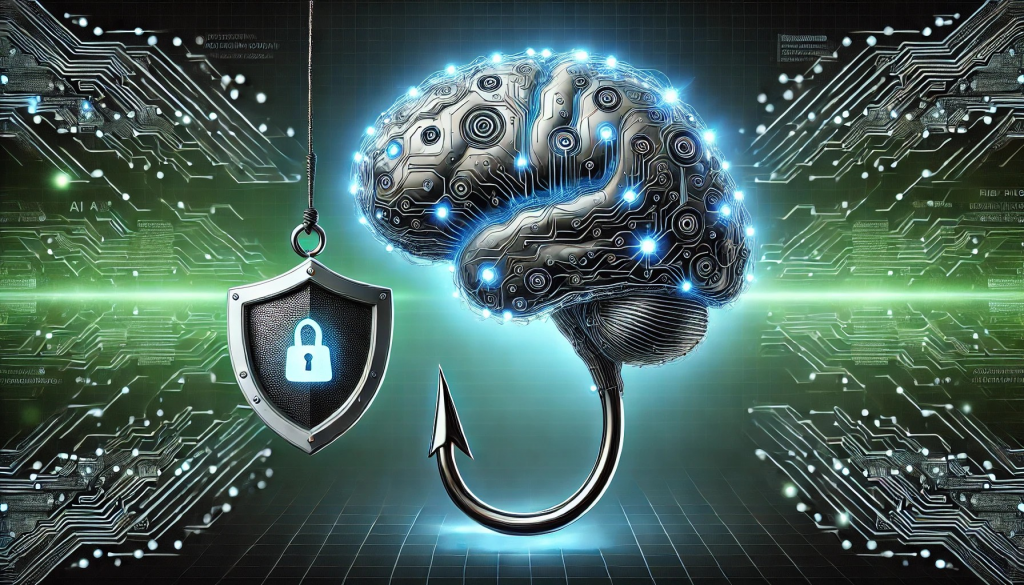justineanweiler.com – Image classification is a pivotal technology within the field of Artificial Intelligence (AI) and has transformed the way we interact with digital content. At its core, image classification refers to the task of categorizing an image into predefined classes or categories. This task is one of the fundamental applications of computer vision, enabling machines to understand and interpret visual information much like humans do. Over the past few decades, significant advancements in machine learning, particularly deep learning, have dramatically improved the accuracy and efficiency of image classification systems.
What is Image Classification?
Image classification involves assigning a label or category to an image based on its content. For example, a model might classify an image of a dog as “dog,” an image of a cat as “cat,” or an image of a street scene as “urban.” The goal is to teach the machine to recognize objects, scenes, or patterns in images and predict their class.
Traditionally, image classification tasks were based on manually crafted features, such as edges, textures, and shapes. However, with the advent of deep learning, particularly Convolutional Neural Networks (CNNs), image classification has reached new heights in accuracy and scalability.
How Image Classification Works
Image classification typically follows several key steps:
- Data Collection: A large dataset of labeled images is needed to train a model. These images must be categorized into predefined classes to ensure accurate training.
- Preprocessing: The images are preprocessed to standardize their size, resolution, and color channels. This step is crucial to ensure that the model can learn the relevant features of the images without unnecessary complexity.
- Model Training: A neural network model is trained using labeled images. In deep learning, Convolutional Neural Networks (CNNs) are the most commonly used architectures for image classification tasks. These networks automatically learn features from images by applying a series of convolutional layers, pooling layers, and fully connected layers.
- Prediction: Once trained, the model can predict the class of unseen images by analyzing patterns in the input data and assigning the most likely class based on its learned knowledge.
- Evaluation: The model’s accuracy is evaluated by testing it on a separate set of labeled images that were not used in the training process. Common metrics for evaluating image classification models include accuracy, precision, recall, and F1 score.
Deep Learning and CNNs in Image Classification
Deep learning, specifically CNNs, has revolutionized image classification. CNNs are designed to automatically extract features from images without the need for manual feature engineering. They excel at recognizing patterns such as edges, textures, and more complex structures in images.
A typical CNN architecture consists of multiple layers:
- Convolutional layers: These layers apply filters to images to detect low-level features like edges and corners.
- Pooling layers: These layers down-sample the image to reduce dimensionality and computational load, helping the model focus on the most important features.
- Fully connected layers: These layers combine the extracted features to make a final prediction about the image’s class.
By stacking these layers, CNNs can recognize increasingly complex patterns, making them highly effective for tasks like object detection, facial recognition, and scene classification.
Applications of Image Classification
Image classification technology has numerous real-world applications across various industries:
- Healthcare: AI-powered image classification is revolutionizing the healthcare sector, enabling the automated analysis of medical images such as X-rays, MRIs, and CT scans. These systems can help detect diseases such as cancer, pneumonia, and heart disease early, improving patient outcomes.
- Autonomous Vehicles: Self-driving cars use image classification to understand their surroundings. By classifying road signs, pedestrians, and other vehicles, autonomous systems can navigate streets safely.
- Retail: In retail, image classification is used for inventory management, automatic tagging of products, and even visual search, where customers can search for products based on images rather than keywords.
- Security and Surveillance: Image classification is widely used in security systems to detect and identify faces, recognize suspicious activities, and monitor public spaces.
- Social Media: Platforms like Facebook, Instagram, and Snapchat use image classification to automatically tag and categorize photos, filter out inappropriate content, and enhance user experience.
- Agriculture: Farmers use AI-based image classification to monitor crops, detect diseases, and optimize harvesting processes by analyzing images of plants and fields.
Challenges in Image Classification
Despite its remarkable successes, image classification still faces several challenges:
- Data Quality and Quantity: The performance of an image classification model depends heavily on the quality and quantity of training data. Large, labeled datasets are required for the model to generalize well, and obtaining such datasets can be time-consuming and expensive.
- Class Imbalance: In many real-world scenarios, certain classes of images may be underrepresented in training data. This can lead to biased models that are more accurate for certain classes while underperforming on others.
- Generalization: AI models can struggle to generalize when presented with images that differ significantly from the training set, such as new lighting conditions, angles, or occlusions.
- Interpretability: Deep learning models, particularly CNNs, are often referred to as “black boxes” because it can be difficult to understand how they arrive at a particular decision. Efforts are being made to improve model transparency and interpretability, especially in high-stakes applications like healthcare.
Future of Image Classification
The future of image classification looks promising, with ongoing advancements in AI and machine learning. Some trends include:
- Transfer Learning: Transfer learning allows models to be trained on a small dataset by leveraging pre-trained models. This technique is particularly useful in domains where labeled data is scarce.
- Edge Computing: With the growth of Internet of Things (IoT) devices, image classification is increasingly being performed on the edge (e.g., on smartphones or drones) rather than in centralized cloud servers. This reduces latency and improves real-time decision-making.
- Improved Algorithms: New algorithms, such as attention mechanisms and vision transformers (ViT), are emerging to enhance the accuracy and efficiency of image classification models.
- Multi-modal Learning: Future systems may combine image classification with other modalities such as text and audio, enabling more comprehensive understanding and interaction with the environment.
Conclusion
Image classification is a cornerstone of AI technology, powering a wide array of applications across industries. With the continued advancements in deep learning and neural networks, it is expected to play an even more significant role in shaping the future of AI. As the technology matures, we can expect improvements in accuracy, efficiency, and interpretability, making AI-driven image classification more accessible and impactful across many domains.





